Monnickendam Pumping Station
The brand-new Monnickendam pumping station has a centuries-old history.
The new Monnickendam pumping station already proved its worth during the very wet October month of 2023. With this pumping station, an old plan from 1896 was finally completed. Remains of a large lock from the 16th century also emerged in the construction pit. Rarely had an ultramodern pumping station had such a long history!
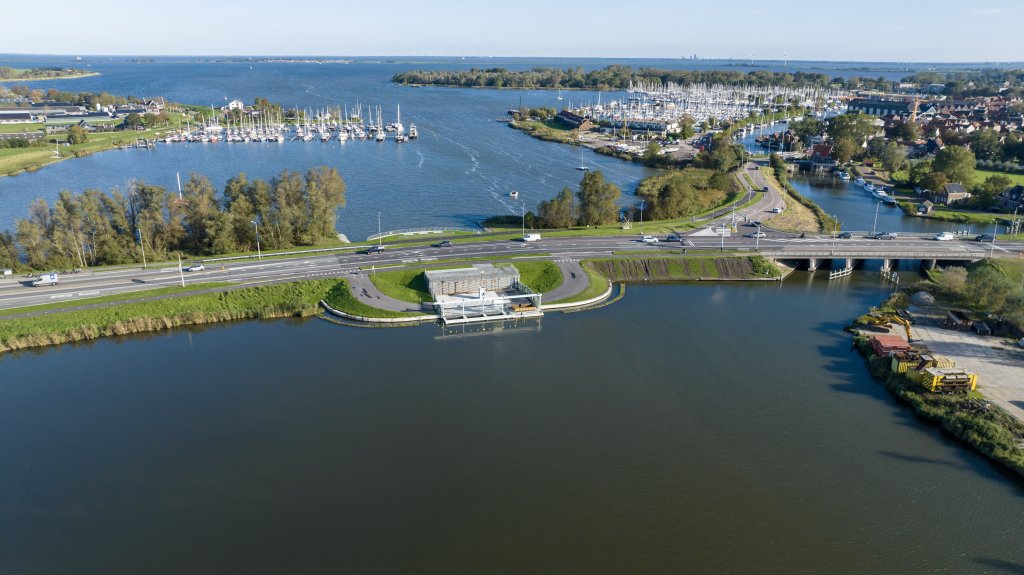
Schermerboezem
Monnickendam pumping station does not drain a polder, but a storage basin called Schermerboezem. This is the storage consisting of (ring)canals and channels into which the polders pump their excess water. From the storage basin, that water is eventually discharged into the sea. At first the Schermerboezem was very large. But the reclamation of the Beemster Lake, the Wijde Wormer, Purmermeer, Schermeer and Starnmeer at the beginning of the 17th century left little 'room for water'. This occasionally caused major problems in winter. When storms and high tides made it impossible to discharge water into the sea, the polder canals and waterways quickly filled to capacity. Polders with low dikes were the worst affected. The outlet water flowed over them and they were flooded.
Caterpillar's steam plan
Steam pumping became available in the mid-19th century. From 1866 the board of the administrator of the Schermerboezem, the Hoogheemraadschap van de Uitwaterende Sluizen, constantly discussed the construction of steam pumping stations to pump the water from the storage basin into the Zuiderzee. It never came to pass, however, due to the enormous costs and the fact that things often went just right.
After a few wet years, the engineer of "Uitwaterende Sluizen," August Rups, developed a new large steam plan in 1895-1896. He proposed the construction of four polder pumping stations in the Zaan region along the North Sea Canal and at Den Helder, Schardam and Monnickendam along the Zuiderzee coast. Rups budgeted the cost at one and a half million guilders, equivalent to 23 million contemporary euros. That scared the board and the Rups plan disappeared into a drawer.

Still ground
Only after 1960 did the tide turn. Agriculture made higher demands and also the fight against water pollution and salinization made drainage of the storage basin really necessary. With the help of pumping stations, the storage basin could be flushed with fresh water from the IJsselmeer. In 1966 the Zaan pumping station in Zaandam came into operation and in 1972 a second pumping station, De Helsdeur, near Den Helder followed. Climate change played an important role in the decision of today's Hoogheemraadschap Hollands Noorderkwartier to build two more pumping stations. In 2017, the Cees Mantel pumping station at Lutje Schardam was put into operation and the Monnickendam pumping station followed in November 2023. This completed the old Caterpillar plan after more than 125 years. After all, he had already proposed the construction of pumping stations in the Zaan region and at Den Helder, Schardam and Monnickendam in 1896.
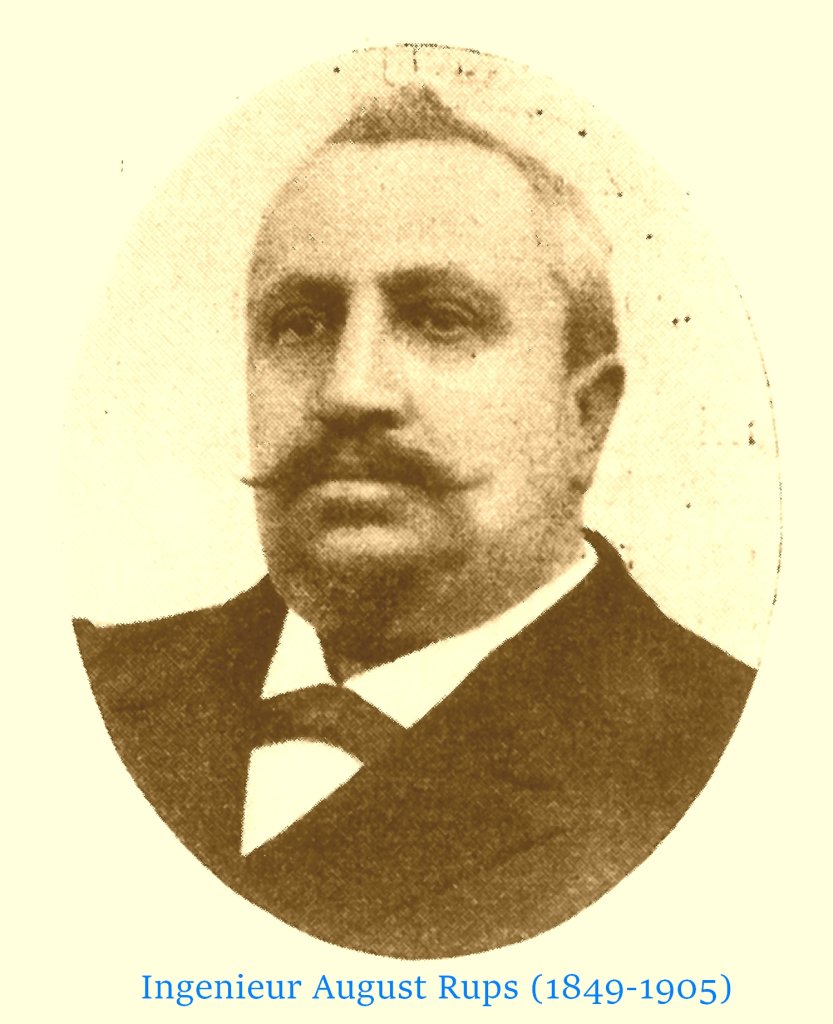
Lock in the construction pit
Pumping station Monnickendam is located in the Nieuwendam. With this dam, the Purmer Lake was closed off from the Zuiderzee in 1401. The dam contained a lock for shipping and drainage. However, the exact location of this lock in the 400-meter long dam was unknown. In November 2021, during the construction of the new pumping station, the contractor came across heavy beams and planks. These turned out to be from a wooden lock more than 30 meters long and more than six meters wide.
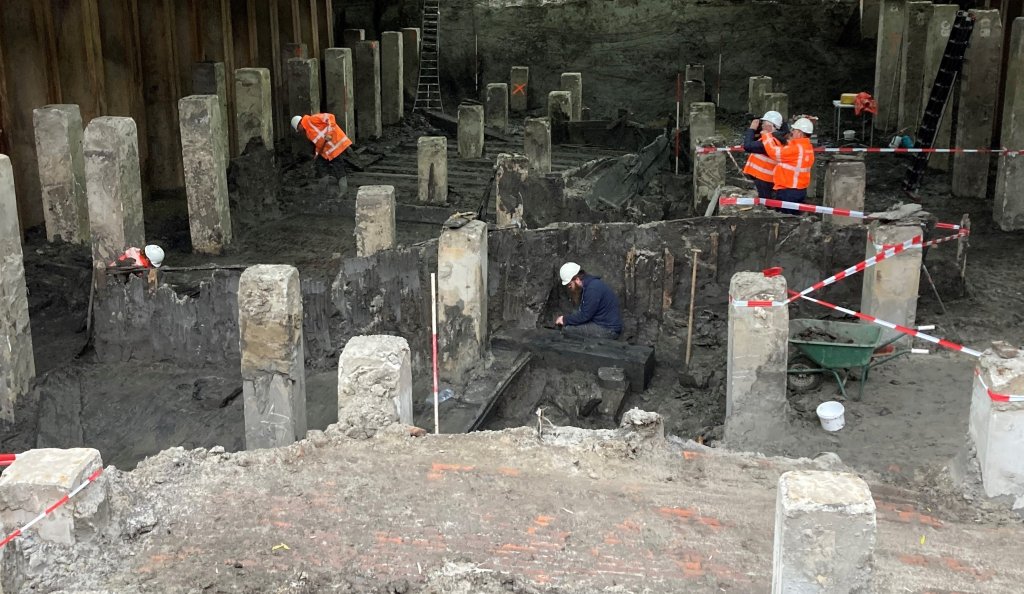
Naturally, the find led to extensive archaeological and historical research. The latter sleuthing in old archives revealed that the first lock from 1401 had been closed in 1534. Then, in 1565-1567, the city of Monnickendam constructed a new lock in the Nieuwendam. That is what the construction pit was all about. There were no remains of an even older predecessor under this second lock. It is therefore possible that remains of the first lock from 1401 are present elsewhere in the dam.
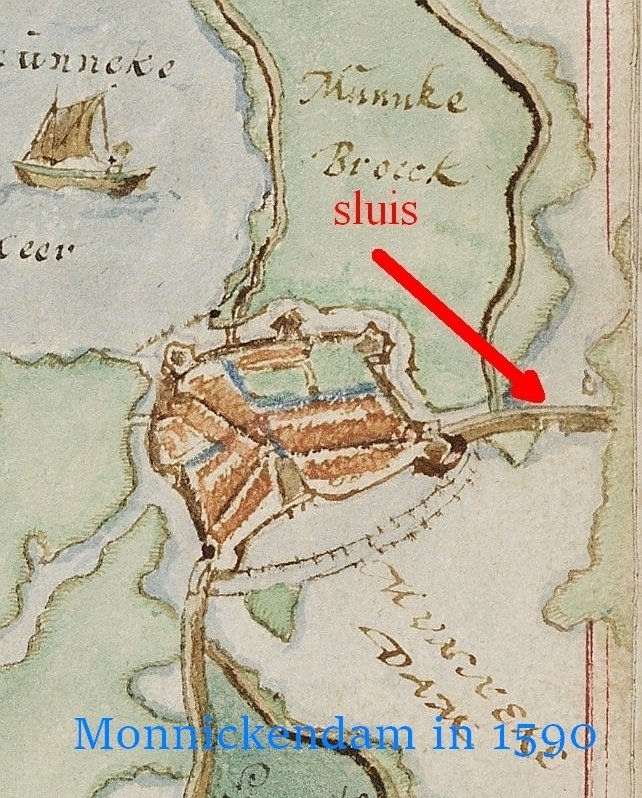
Built in 1565-1567, the lock served until the end of 1609. Then it was closed due to great dilapidation. Two years later, construction began on lock number three at yet another location directly north of Monnickendam. This so-called Grafelijkheidssluis is made of brick. It is still heavily used by pleasure craft.
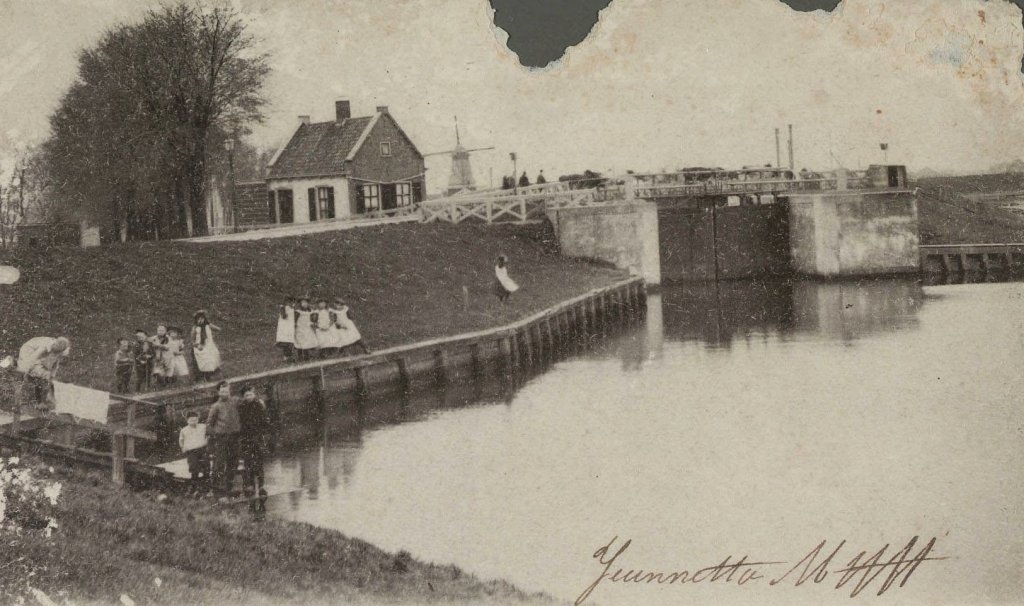
Additional
A bicycle route runs across the Grafelijkheidssluis and the Nieuwendam (with pumping station Monnickendam). On either side of the road, there is ample opportunity along the bike path near the pumping station to dismount and enjoy the view.
- Bike route through Volendam, Monnickendam, Edam (Bicycle Network)